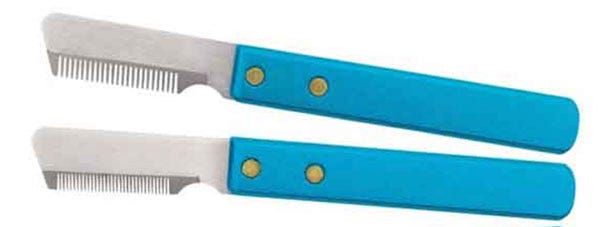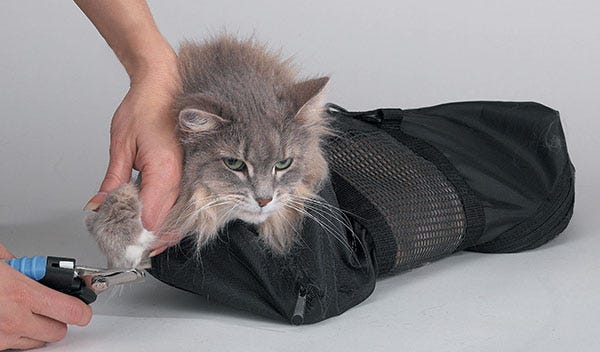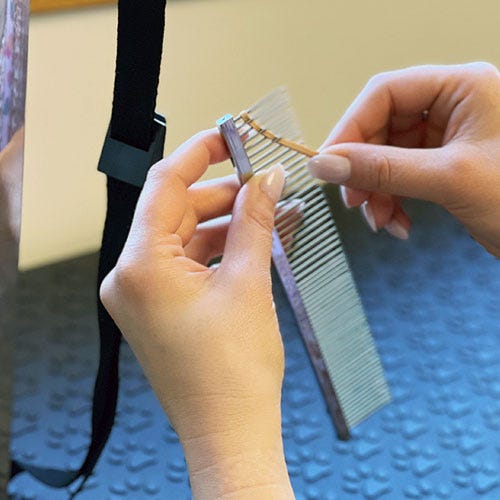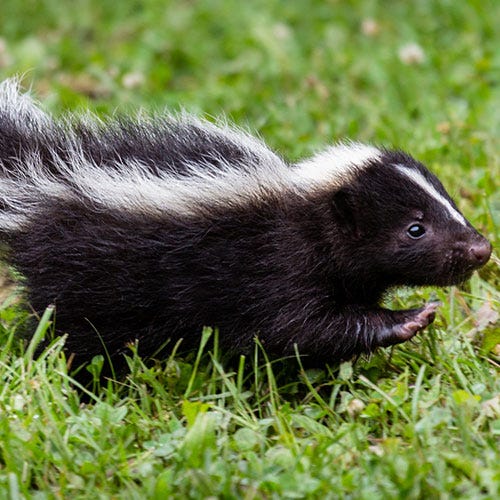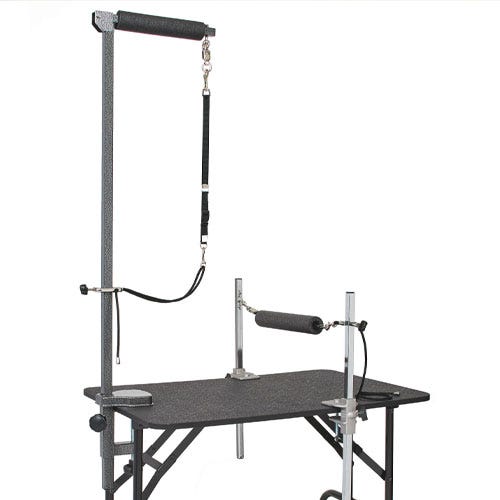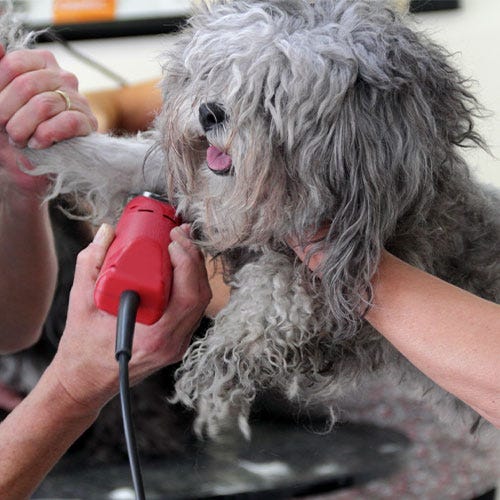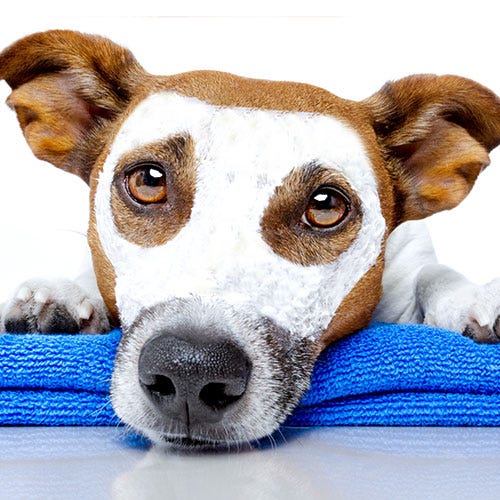I am a self-confessed dog grooming tool junkie. If I see a grooming tool that I don’t own and think would be useful, I’ll buy it. Sometimes the purchase is a win, other times a dud. Then there is the grey zone, a great tool for a few specific tasks but not something I will use on most pets. It turns out I have quite a few of those grey zone tools.
It is easy to let your grooming workspace become cluttered, and one reason is that our hand tools can take up a lot of space. Since we all know time is money when grooming pets, time wasted looking for your tools can be an expensive problem. Here are some tips on arranging your tools to maximize efficiency.
- Look at your grooming station. The areas that are easiest to reach from where you sit or stand to work should be considered as “Prime Real Estate.” This is where you should put the tools you use on almost every dog. For example, nail trimmers, clippers, your most often used brushes and combs, and your most frequently used scissors. Take a hard look at your tools and find ways to store them in your prime real estate zone that are easy to reach, easy to clean, and will keep those important tools safe.
- Next, consider which tools are very useful and used frequently, but not on every pet. Find a place to stow these tools that is in reach but not in your prime zone. Examples of this might be rakes, deshedding tools, hemostats, and combs and brushes that are only useful on certain coat types.
- Now, gather up all those tools that you need for specific tasks but are not used on every pet. Examples would be carding tools, stripping tools, rubber curry combs, flea combs, etc. These can be organized in bins or boxes and stashed where they are easy to retrieve but are out of the way.
- Another category of tools that can add to clutter is duplicate tools. I’m embarrassed to tell you how many different scissors I own. I keep the ones I am not using every day carefully placed in a bin and safely stowed away. I can grab them if I need them, but they don’t need to be in my prime zone. The same goes for any tool that is a duplicate of the one you are constantly using. Get them in bins, clearly labeled, and out of your immediate workspace.
- Consider keeping a separate bin for tools that you will probably never use but are hanging on to “just in case.” Label it, put a date on it, and put it somewhere inconvenient. If you have not reached for it in 6-12 months, let those tools go, they are just taking up valuable space.
Being able to work with only your most important tools in immediate reach is one great way to save time and minimize the frustration of searching for the proper implement when you really need it. Put your prime real estate to work and maximize your efficiency.
By Daryl Conner, MPS, MCG
Daryl Conner has been devoted to making dogs and cats more comfortable and beautiful for almost 40 years. You can find her happily working at FairWinds Grooming Studio with her daughter and infant granddaughter, or typing away at her latest grooming-related article. Daryl was awarded both a Cardinal Crystal Award and Barkleigh Honors Award for journalism. She shares her meadow-hugged antique Maine farmhouse with her practically perfect husband and too many animals.


